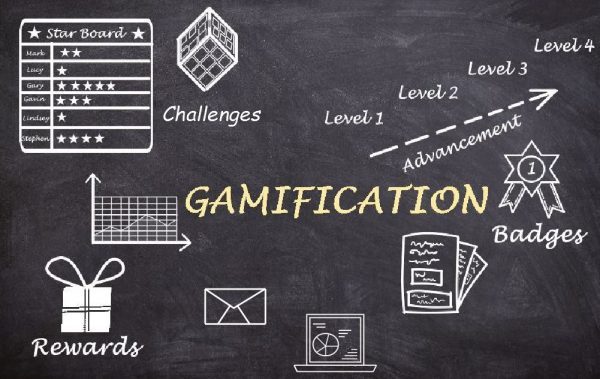“Equity is not merely about giving every student what they need to succeed in an individual sense… instead, equity is a process through which we ensure that policies, practices, institutional cultures, and ideologies are actively equitable, purposefully attending to the interests of the students and families to whose interests we have attended inequitably.” shares the Equity Literacy Institute. So, how do we achieve equity when it comes to research-based literacy strategies? We can: create multiple options for literacy acquisition, provide differentiated articles based on lexile level, develop project rubrics that are driven by choice and modality, include student cultures and identities in classroom readings, analyze literature for bias and intention, and more!
Resources
Read
- Equity Literacy Defined 2 pages
- Imagining Equity Literacy 2 pages
- Equitable ELA Instruction 2 pages
For this week’s discussion, we were to first read about equity literacy frameworks and strategies. Then we were to:
- Share two or more examples of equitable literacy practices in a content-area classroom (using our content-area for context).
- Share two or more literacy practices we can implement in our classroom that attend to the interests of the students in the room.
Equity Literacy Practices in a Mathematics Classroom
Diverse Representation in Math Problems
Designing math problems that reflect diverse cultures, backgrounds, and real-world scenarios is essential. This approach ensures that students from various ethnicities, genders, and socioeconomic backgrounds can relate to and find relevant mathematical concepts. Doing so helps break down stereotypes and connects mathematical concepts to students’ lived experiences, promoting equitable practice.
Differentiated Instruction and Multiple Learning Modalities
Equitable practice in the mathematics classroom involves recognizing and accommodating students’ diverse learning styles and abilities. It is essential to provide multiple entry points for understanding mathematical concepts to achieve this. Incorporating visual aids, hands-on activities, and collaborative learning opportunities also helps cater to students’ varied strengths and preferences, promoting an inclusive learning environment. By adopting these practices, teachers can create a more accessible and engaging learning experience for all students.
Literacy Practices Attending to Student Interests
Student-Created Math Stories
One effective way to make math more exciting and engaging for students is by encouraging them to create math stories related to their interests and experiences outside the classroom. This involves developing narratives in which mathematical concepts are applied to real-life situations that are important to them. Not only does this help enhance their literacy skills, but it also makes mathematical concepts more relevant and applicable to their daily lives.
Incorporate Varied Reading Materials
Another effective method for promoting interest and engagement in math is integrating various reading materials related to mathematics that align with the students’ diverse interests. These materials can include math-related articles, biographies of mathematicians, or even fictional stories with mathematical themes. Connecting literacy materials to their interests can foster a positive attitude toward reading and mathematics.



